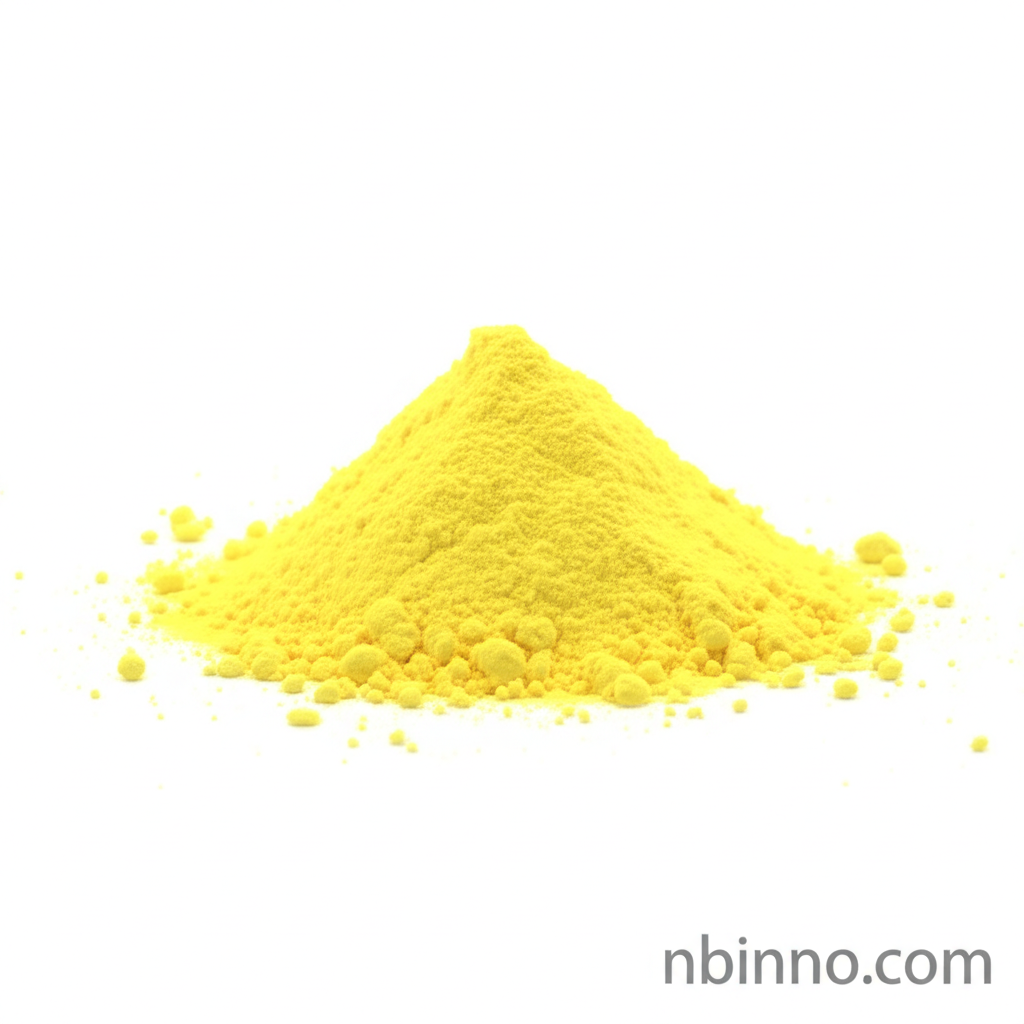2,6-Dichloro-3-iodopyridine: A Versatile Intermediate for Pharmaceutical & Agrochemical Synthesis
Discover the indispensable role of 2,6-Dichloro-3-iodopyridine in advancing pharmaceutical and agrochemical innovations. As a key B2B chemical intermediate, its unique structure offers unparalleled synthetic capabilities for developing life-saving drugs and effective crop protection solutions. Partner with a trusted manufacturer and supplier in China to secure high-quality material for your next project.
Get a Quote & SampleUnlock Chemical Synthesis Potential with a Reliable Supplier

2,6-Dichloro-3-iodopyridine
As a premier B2B supplier in China, we offer high-purity 2,6-Dichloro-3-iodopyridine, a critical component for pharmaceutical and agrochemical manufacturers. Our commitment to quality ensures this intermediate is consistently available for your complex synthesis needs, providing a cost-effective solution from a dependable source.
- High Purity 2,6-Dichloro-3-iodopyridine: Essential for demanding pharmaceutical synthesis processes, ensuring reproducible results for your R&D and production.
- Reliable Manufacturer in China: Secure a stable supply chain for your chemical needs, with strict quality control from our China-based manufacturing facilities.
- Cost-Effective Chemical Intermediate: Procure 2,6-Dichloro-3-iodopyridine at competitive prices, optimizing your budget for raw material procurement.
- Versatile Application as a Building Block: Leverage the reactivity of this compound for innovative drug discovery and advanced agrochemical formulations.
Advantages of Sourcing 2,6-Dichloro-3-iodopyridine
Exceptional Purity for Pharmaceutical Applications
Our 2,6-Dichloro-3-iodopyridine boasts a minimum purity of ≥98.0%, making it ideal for stringent pharmaceutical intermediate requirements. This level of purity is crucial for synthesizing active pharmaceutical ingredients (APIs) and ensuring the efficacy and safety of your final products.
Strategic Supply Chain Partner
As a leading chemical supplier in China, we offer consistent availability and efficient logistics for 2,6-Dichloro-3-iodopyridine. Partnering with us ensures a reliable procurement channel, mitigating supply risks and supporting your production schedules.
Facilitates Complex Organic Synthesis
The unique combination of chlorine and iodine substituents on the pyridine ring makes 2,6-Dichloro-3-iodopyridine a highly versatile building block for sophisticated organic synthesis. This allows R&D scientists to create novel molecules with targeted biological activities for drug development and crop protection.
Key Application Areas for 2,6-Dichloro-3-iodopyridine
Pharmaceutical Intermediates
Utilize 2,6-Dichloro-3-iodopyridine as a crucial building block in the synthesis of active pharmaceutical ingredients (APIs), particularly for antiviral and antibacterial agents, offering a competitive edge for pharmaceutical manufacturers looking to buy.
Agrochemical Development
Integrate this compound into the synthesis of advanced herbicides and fungicides. Its effectiveness in disrupting pest biochemical pathways makes it a valuable ingredient for agrochemical formulation suppliers.
Dye Intermediates
Explore the use of 2,6-Dichloro-3-iodopyridine in creating specialized dyes, leveraging its halogenated structure for enhanced color properties and stability in various applications.
Flavor and Fragrance Intermediates
Inquire about its potential as a precursor for novel flavor and fragrance compounds, catering to industries seeking unique sensory profiles and ingredients from reputable suppliers.
